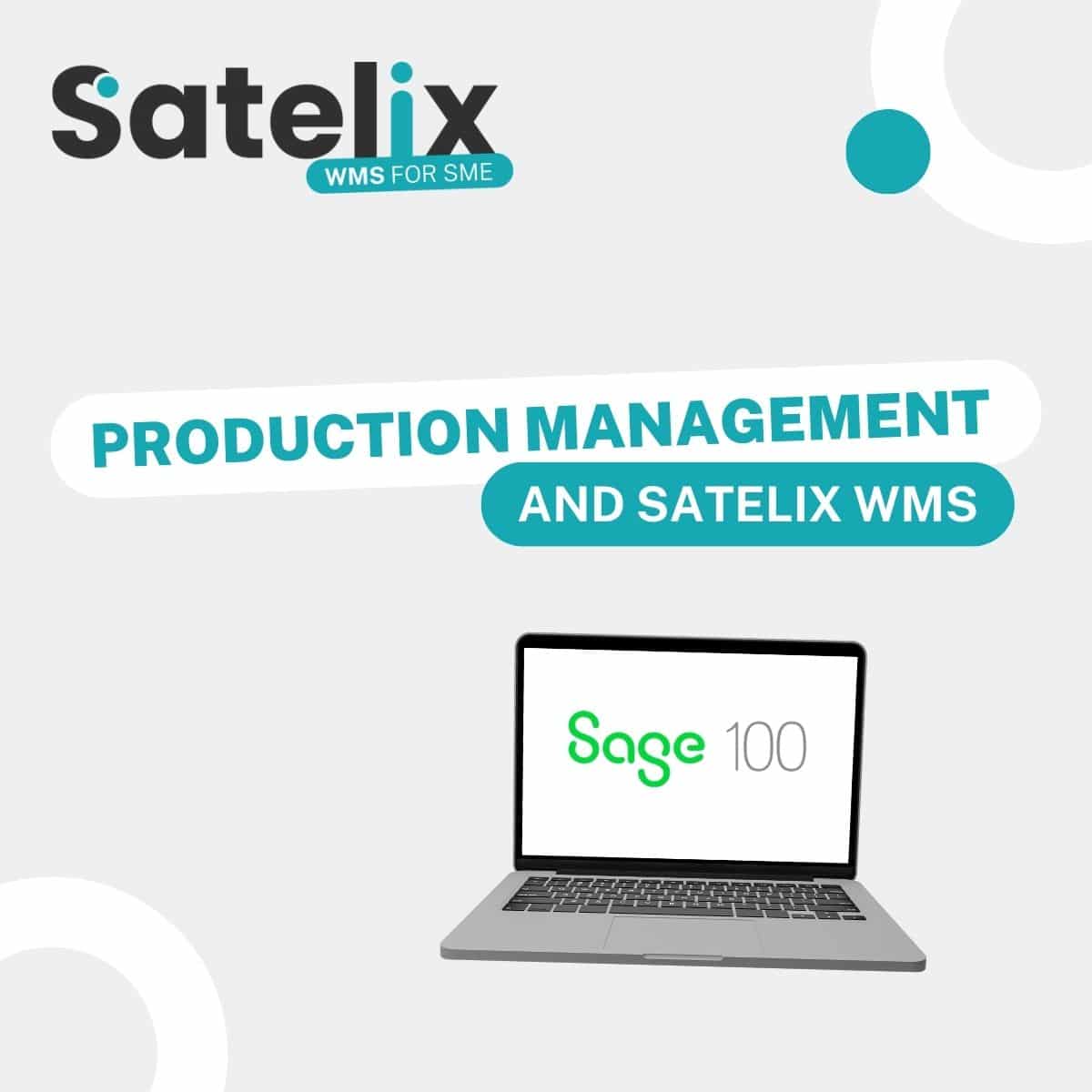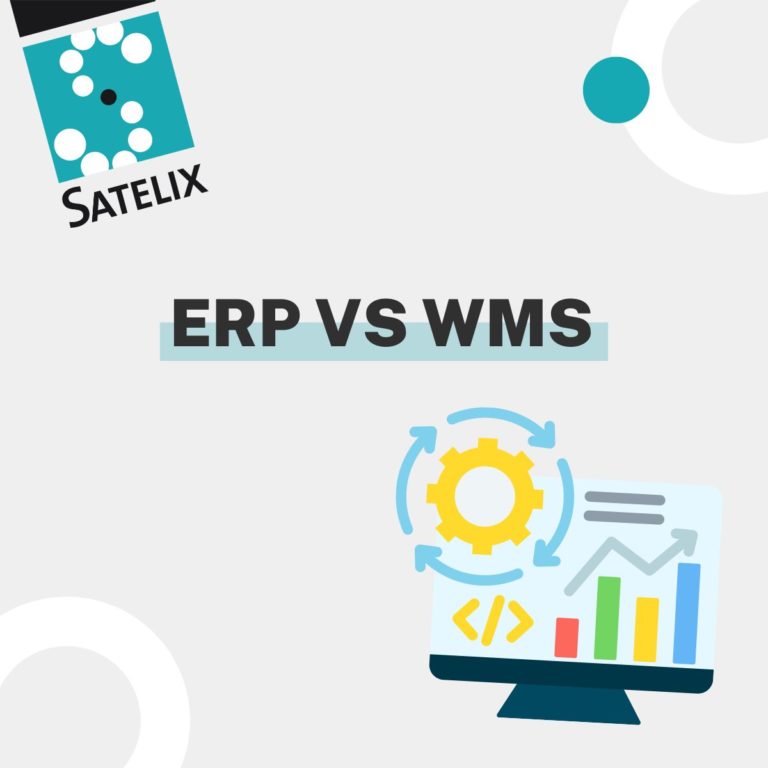In the world of logistics, the “Excel vs WMS” debate is intense. Many SMEs still manage their inventories using Excel, either out of habit or to save costs. Yet, a WMS (Warehouse Management System) designed specifically for logistics radically transforms stock management, offering unrivalled reliability and visibility. So, how does Excel really measure up against a WMS when it comes to inventories? Let’s find out.
Excel in logistics: the traditional but limited tool
Simplicity and low cost: Excel’s key strengths
For decades, Excel has been the go-to ally for warehouse managers. Its flexibility allows you to create spreadsheets to track stock, schedule receipts or carry out occasional inventory counts.
➕ Advantages :
- Very low cost (often already installed).
- Easy to use.
- Flexible for simple inventories.
But beware of errors!
However, Excel quickly shows its limits:
- No real-time updates, making rolling inventories more complicated.
- Manual entry errors are common (missing data, duplicates).
- Hard to collaborate with multiple users simultaneously.
- No automatic history of stock movements.
WMS: a tool designed for stock and inventory management
More reliable and faster inventories
A WMS (Warehouse Management System) such as Satelix WMS is built to manage all warehouse operations. For inventories, it offers:
- Real-time inventories, directly on handheld devices.
- The ability to organise rolling counts, reducing operational downtime.
- Fewer errors thanks to barcode or QR code scanning.
ROI that shows quickly
According to a study by Gartner, a WMS cuts inventory discrepancies by 25 to 50% in the first year alone. Unlike static Excel files, a WMS centralises all your data, making it instantly accessible to management, purchasing or sales teams.
Excel vs WMS for your inventories: what should you choose?
It all comes down to volume and complexity
For a small warehouse with few SKUs and occasional inventories, Excel might be enough. But once your business grows, and you need to track batches or serial numbers, or connect to your ERP, a WMS becomes essential.
And in case of an audit or inspection?
For a small warehouse with few SKUs and occasional inventories, Excel might be enough. But once your business grows, and you need to track batches or serial numbers, or connect to your ERP, a WMS becomes essential.
In conclusion
Switching from Excel to a WMS is often more of a psychological step than a technical one. Yet for most SMEs, the question is no longer “should we go digital?”, but rather “when should we do it to avoid slowing our growth?”
So, are you ready to move on from spreadsheets and modernise your inventories? 💬
👉🏻 I’m ready to digitalise my inventories!
Enjoyed this article? Follow us on LinkedIn to stay updated with all our latest news! 😌



















